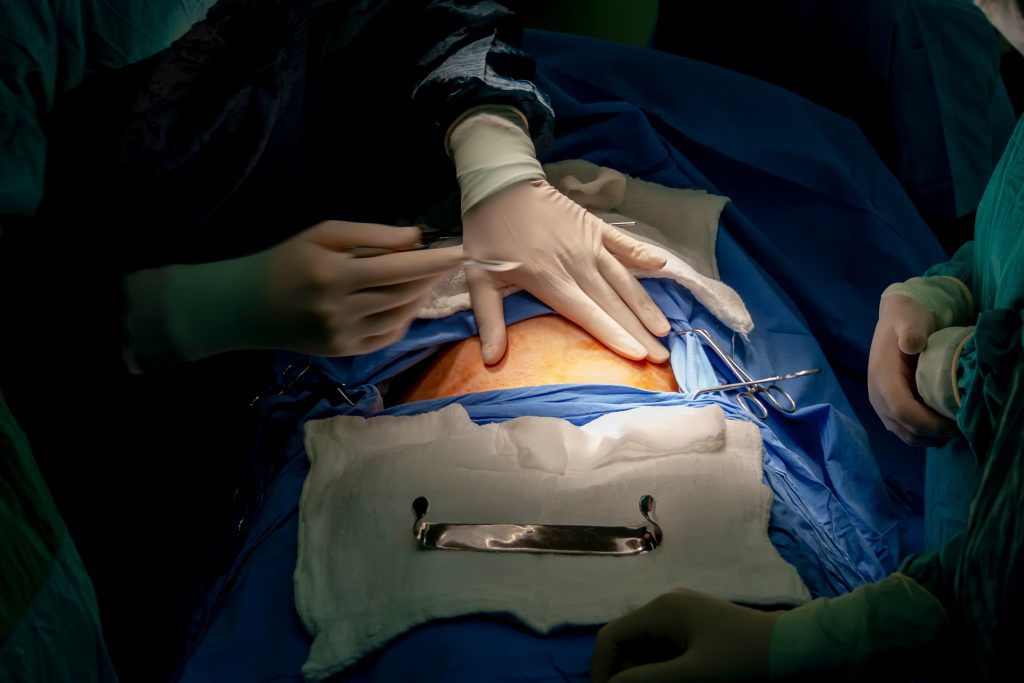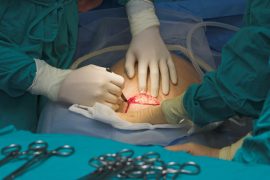Childbirth is an amazing journey, but it doesn’t always go as planned. While most pregnancies lead to natural deliveries, some may need a cesarean section, or C-section, to ensure the safety of both the mother and baby. If you’re curious about when a C-section might be needed, this guide will walk you through the reasons, types, and what to consider.
What is a C-Section?
A C-section is a surgical procedure used to deliver a baby through incisions made in the mother’s abdomen and uterus. It is usually recommended when a vaginal delivery is not safe for the mother, the baby, or both. Depending on the circumstances, a C-section can be planned ahead of time or performed as an emergency procedure during labour.
Medical Reasons for a C-Section
There are several medical reasons why a doctor might recommend a C-section. These can be broadly categorized into maternal factors, fetal factors, and labor-related factors.
Maternal Factors
- Health Conditions: Some maternal health conditions, such as high blood pressure or infections, might make a C-section necessary.
- Previous C-Section: Women who have had a C-section before may need another if a vaginal delivery poses risks.
- Pelvic Issues: A narrow pelvis or other abnormalities can make it difficult for the baby to pass through the birth canal.
Fetal Factors
- Abnormal Position: If the baby is in a breech (feet-first) or transverse (sideways) position, a C-section may be safer.
- Multiple Births: Carrying twins, triplets, or more can increase the need for a cesarean, especially if the babies are not positioned well.
- Fetal Distress: If the baby shows signs of distress, such as an abnormal heart rate, a quick delivery via C-section might be required.
Labour and Delivery Factors
- Prolonged Labor: If labour isn’t progressing despite efforts to induce or stimulate it, a C-section may be the best option.
- Obstruction: Situations like an umbilical cord prolapse (when the cord slips into the birth canal before the baby) can necessitate immediate intervention.
Elective C-Sections
An elective C-section is planned in advance and is not based on medical emergencies. Some parents opt for this method to schedule their baby’s delivery or avoid the unpredictability of labour. While elective C-sections are becoming more common, it’s important to weigh the pros and cons with your healthcare provider.
Emergency C-Sections
Emergency C-sections occur when complications arise during labour or delivery. These situations require quick action to ensure the safety of the mother and baby. Common reasons for an emergency C-section include sudden fetal distress, excessive bleeding, or stalled labour.
Risks and Considerations of a C-Section
While C-sections are generally safe, it’s important to be aware of potential risks. However, healthcare professionals carefully manage these risks to minimize complications.
For the Mother
- Longer Recovery Time: C-sections involve surgery, so recovery usually takes longer than with a vaginal delivery.
- Surgical Risks: There’s a small chance of infection, blood loss, or reactions to anaesthesia.
For the Baby
- Breathing Difficulties: Some babies delivered by C-section might have temporary breathing issues, especially if born before 39 weeks.
- Adjustment to Environment: Babies delivered via C-section may take a little longer to adjust to the outside world compared to those born vaginally.
Emotional and Psychological Considerations
It’s natural for parents to have mixed feelings about needing a C-section. Some may feel disappointed if they were hoping for a natural delivery, while others may feel relieved to know that their baby is safe. Open communication with your healthcare provider and support system can help ease these emotions.
How to Prepare for a C-Section
If you’re scheduled for a C-section, a little preparation can make the experience smoother.
- Discuss the Procedure: Talk to your doctor about what to expect before, during, and after the surgery.
- Pack Smart: Include items like comfortable clothing, snacks, and essentials for the baby in your hospital bag.
- Arrange Support: Having a family member or friend to assist during recovery can make a big difference.
- Focus on Nutrition: Eating a balanced diet in the weeks leading up to delivery can support healing and overall health.
- Stay Positive: Remember, the goal is a safe delivery for both you and your baby, regardless of the method.
Conclusion
A C-section is a procedure that helps ensure the safety of both mother and baby during childbirth. While it may not be the delivery method you expected, it’s sometimes the safest choice in certain situations. Knowing why a C-section might be needed and how to prepare for it can make the experience less overwhelming. Whether planned or unexpected, what truly matters is that both mom and baby are healthy. Trust your healthcare provider to support and guide you through this important moment.





Comments are closed.